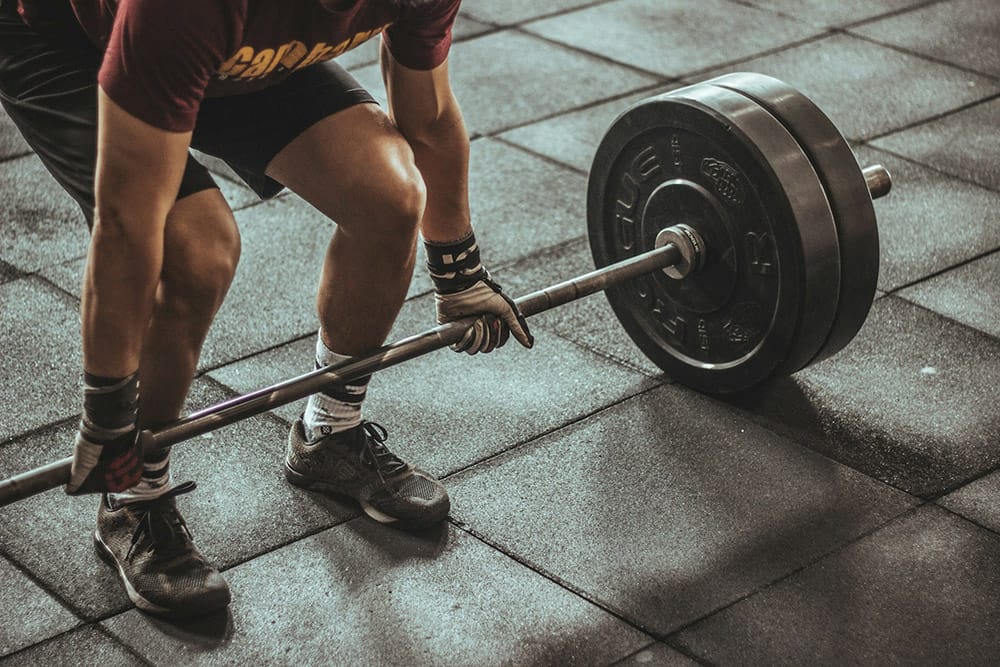The Role of TDEE in Preventing Overtraining Syndrome in Athletes

Overtraining syndrome presents itself when an athlete goes beyond their capacity to recover due to extremely high physical training. It eventually results in fatigue, a decline in performance, or even an injury. Thus, preventing OTS is of vital importance in sustaining optimal athletic performance along with health over the long term. One key factor in preventing overtraining is managing your Total Daily Energy Expenditure (TDEE), which includes the calories burned through exercise, daily activities, and basic functions of the body. In this paper, we discuss the understanding and adjustment of TDEE for preventing overtraining by promoting recovery.
What is Overtraining Syndrome?
Overtraining syndrome is mainly a state in which the athlete incessantly engages in training without allowing his or her body enough time for recovery. Among the reasons for this condition are—lack of rest, poor nutrition, and insufficient sleep. An additional reason could possibly be a misunderstanding of energy requirements. The symptoms of OTS comprise the following:
- Fatigue
- Low performance and strength
- High tendency to injury
- Increased resting heart rate
- Change in mood: irritability and/or depression
- Insomnia
Although this syndrome can occur in any athlete, it is especially common among those who really go far when it comes to pushing their limits without caring much about their recovery. Understanding your TDEE and then adjusting your energy intake is key in this regard.
TDEE and Its Components
Total Daily Energy Expenditure (TDEE) is the number of calories expended each day by the human body. It involves the following components:
- Basal Metabolic Rate (BMR): The number of calories required for basic life-sustaining functions such as breathing and digestion.
- Physical Activity Level (PAL): This involves the number of calories burnt during physical activities and during effective exercise, different by their intensity, frequency, and way of exercise.
- Thermic Effect of Food (TEF): The calories spent to eat and digest food.
- Non-Exercise Activity Thermogenesis (NEAT): The number of calories burnt for daily activities like walking, standing, and even fidgeting.
To avoid overtraining, an athlete must either equal or exceed their TDEE with respect to their intake of calories, especially when under heavy training. If their energy intake for an athlete falls below the TDEE for a long period of time, it includes energy deficiency, which could be one of the causes leading to overtraining syndrome.
Effect of Insufficient Caloric Intake
When an athlete persistently consumes fewer calories than his TDEE, the body will begin breaking down muscle tissues in order to get energy; moreover, vital bodily functions will slow down. This will lead to many adverse effects such as:
- Loss of Muscle Mass: If calories are low, especially on protein, muscle loss will occur, thereby impairing performance and raising the risk of injury.
- Decreased Immune Function: Low energy levels impair the functioning of the immune system, thereby leaving the athlete more susceptible to illnesses.
- Hormonal imbalances: Hormones connected to sleep, mood, and energy levels can be impacted by low energy intakes.
- Increased Fatigue: Constant energy deficits mean constantly tired, struggling to train hard and unable to recoup properly.
Therefore, it is essential for the athlete to ensure meeting or exceeding their TDEE in terms of caloric intake, especially during heavy training.
Adjusting TDEE to Prevent Overtraining
Monitor Your Training Intensity
The higher the TDEE, the more intense the training. High-intensity training regimes such as sprinting, heavy lifting, or long-distance running will significantly raise your caloric needs. In order to meet the increased requirement due to heightened energy expenditure, then you should up your food intake. If your TDEE goes up with training but your caloric intake does not rise to match it, then overtraining may hit, as you slowly start to create an energy deficit.
Increase Calories During High-Training Phases
Intense training phases resulting from a competition or a personal best will naturally increase your TDEE. It is at these phases where due attention is needed to increase the food intake in order to meet additional energy demands as a result of training. During these phases, one should pay attention to larger caloric intakes from sources that are high.
Ensure Recovery Nutrition
Equally important to training is recovery for prevention of overtraining syndrome. During recovery phases, calories and nutrients should be adequate to help restore muscle tissue and replenish glycogen stores. High-protein, carbohydrate-rich meals after documented exercise are critical for recovery and prevent the compiling of fatigue.
Listening to the Body
In most cases, overtraining syndrome is associated with subtle indicators like fatigue, irritability, or trouble sleeping. It is therefore necessary to pay attention to the body and increase the caloric intake at the presence of such signs. If energy levels are low even with good sleep, then you may need to increase calories for recovery and prevention of fatigue.
The Role of TDEE in Long-Term Performance
Not only does aligning energy intake with TDEE prevent overtraining syndrome, but it is also necessary for sustaining long-term high-level performance in sports. Athletes who meet their energy needs consistently find it relatively easier to handle the physical demands of their sport, recover faster, and stay relatively injury-free. By adding up his TDEE and adjusting the input accordingly, an athlete will ensure that his body is always properly fuelled for a peak performance.
Conclusion
It is, therefore, a very serious condition that can impact the health and performance of an athlete greatly. One of the most effective ways to mitigate OTS is to have caloric intake in a way that it meets or exceeds Total Daily Energy Expenditure (TDEE). By monitoring the energy expenditure one has, adjusting caloric intake according to training intensity, and putting emphasis on recovery, it is possible to prevent overtraining, give necessary attention to recovering, and boost long-term performance. It cannot be stressed enough that nutrition and energy balance are just as important as training in facilitating the peak performance of healthy and sustainable athletic careers. Thus, athletes are encouraged themselves to listen to their bodies and make proper fueling accordingly to avoid the pitfalls of overtraining. Stay strong and healthy to perform at best.



